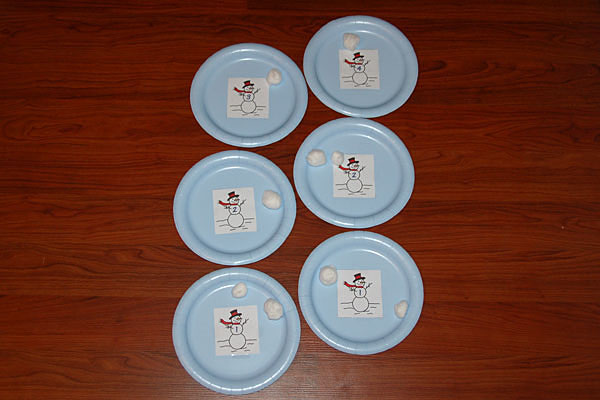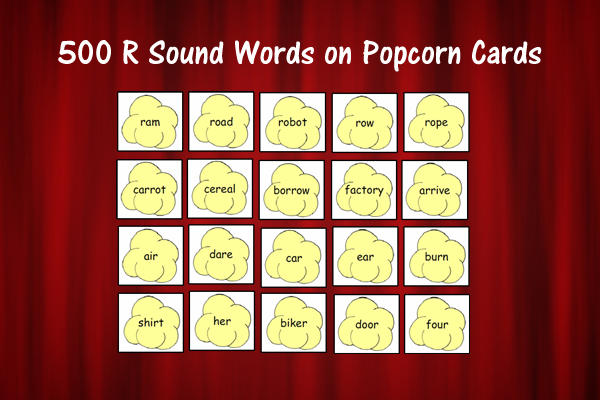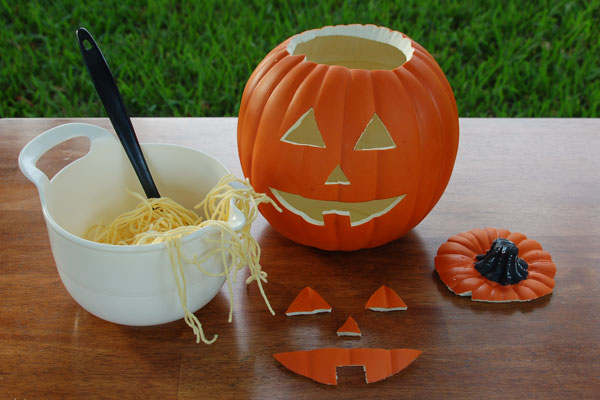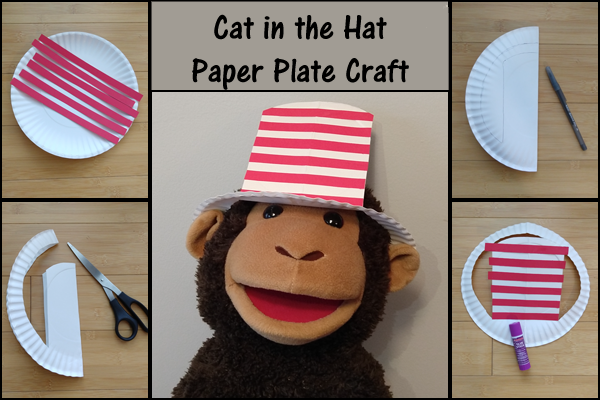Articulation Stories for Any Sound
 Time to take it up a notch
Time to take it up a notch
Yeah! Your client can successfully use his target sound in words and sentences! Now what? It’s time to take it to the next level. If the child can read, I recommend having him read sound-loaded stories before jumping straight into conversational speech practice.
Why reading?
The printed words help the child see the sound coming, especially if you highlight or underline the targeted sounds. Another advantage to the written text is that it can be practiced (at a reduced rate, if necessary). And, of course, when it’s written down, it’s easier to keep data!
Where do I get these stories?
There are many published books that you can purchase with sound loaded stories, especially for the “r” and “s” sounds, but I prefer to have the child be the author of his own adventure. And here’s why…
• You can create a story for any sound.
• You can use the words he’s already been practicing.
• The story will be more interesting to the child.
• You will be reinforcing story writing skills.
• It’s FREE!
How do we get started?
1. Make a list of nouns, a list of verbs, and some adjectives that contain the target sound. This can include the words that he has been practicing, as well as new ones that you come up with together. (I write the list, as well as the story, as the student says it, so he can focus on the content).
2. Name the main characters.
3. Help the student come up with the story by asking questions, such as, “Where did they go?”, “What did they do?”, “What happened next?”, “What problem did they have?”, “How did they solve their problem?”, and “How did it end?”.
“Publish” your client’s story (optional)
I usually type the story later and bring it back to the next session for the student to practice. I make the words with the target sound bold and underlined and leave room for the child to draw pictures. Although typing the story takes a few minutes outside of therapy time, it’s well worth the effort. Most of my students enjoy seeing their story typed up, and it allows you to print off a second copy to send home for practice!
Leave a Reply
You must be logged in to post a comment.







these ideas are really wonderful.you have made my work much easier.i am a special education teacher and am using you ideas to teach my students.BIG UP!!!!!!!!!!!!!!!!1
I was just wondering how to go about finding “sound loaded stories.” If you could let me know that would be great!
Tanya,
If you are looking to purchase stories, there are early reader phonics books and book sets in which each story focuses on a particular sound. I have ordered these through Scholastic Book Clubs, but they can also be found at http://www.amazon.com. If you are looking for /s/ and /s/ clusters, the book Sam’s Sandwich is a really fun book.
superduper has a book called sound reading which lists many books for many different sounds
Also, try http://www.communicationconnects.com and click on story making machine. You can read other sound loaded artic stories written by kids, or make your own!